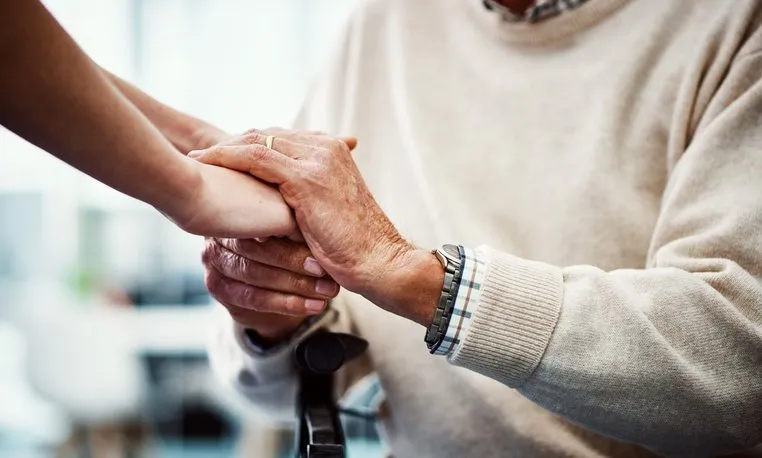1. Introduction to Carer’s Leave
Carer’s leave is a crucial benefit that allows employees to take time off work to care for a family member or someone living in their household who is sick, injured, or experiencing an unexpected emergency. This can include a spouse, child, parent, or other individuals who rely on you for care.
2. The National Employment Standards (NES)
The provision for carer’s leave is part of the National Employment Standards (NES), which are the minimum employment standards that apply to all workers in Australia under the Fair Work system. Governed by the Fair Work Act 2009, the NES sets out rules for various types of leave, including annual leave, personal/carer’s leave, and parental leave, among others.
3. Who is Entitled to Carer’s Leave?
Permanent employees in Australia have the right to both paid and unpaid carer’s leave, while casual employees can only take unpaid carer’s leave. Knowing your rights when it comes to carer’s leave can help you balance your work and personal responsibilities more effectively.
4. Applying for a Carer’s Leave Certificate
If you want to take carer’s leave, it’s important to know the process for applying and providing evidence to your employer. Under the Fair Work system, employers have the right to ask for evidence whenever you take carer’s leave, even if it’s just for a few hours or a single day. If you don’t submit evidence, you may not receive payment for your leave.
A common type of acceptable proof is a carer’s leave certificate from a healthcare provider, such as OnCare Health. Your industry and employment agreement might have specific rules about the evidence you need to provide and when to submit it. However, the Fair Work Ombudsman Australia highlights that any evidence requested by an employer should be reasonable given the situation.
5. Accumulating Carer’s Leave
With NES, a worker’s right to carer’s leave grows slowly during a year of work. This means that the longer you work for your employer, the more carer’s leave you are entitled to. However, it’s important to note that carer’s leave comes out of your personal leave balance, which includes both paid sick leave and carer’s leave.
So, how much carer’s leave are you entitled to?
Full-time employees are entitled to 10 days of carer’s leave each year, while part-time employees receive a smaller amount based on the hours they work. For example, if you work part-time and your usual hours are half of a full-time employee’s, you would be entitled to 5 days of carer’s leave each year.
6. Carrying Over Carer’s Leave
Both carer’s leave and sick leave accumulate year after year with no expiration date. This means that if you don’t use up your full entitlement in any one year, the leftover portion carries over to the next year’s entitlement. In other words, once you accrue carer’s leave, it’s yours to use whenever you need it – it’s the law.
7. When Can Carer’s Leave Be Taken?
An employee can take paid carer’s leave to provide care or support to a member of their immediate family or household due to a personal illness, injury, or unexpected emergency affecting the member.
Who qualifies as a member of your immediate family or household?
- Spouse or former spouse
- De facto partner or former de facto partner
- Child
- Parent
- Step-relations (e.g., step-children, step-parents, and adoptive relations)
- Grandparent
- Grandchild
- Sibling
- Child, parent, grandparent, grandchild, or sibling of the employee’s spouse or de facto partner (or former spouse or de facto partner)
- Any person who lives with the employee
8. How Much Leave Can You Take?
As an employee, you have the right to take as much paid carer’s leave as you have accumulated. There is no minimum or maximum amount of paid carer’s leave that can be taken at a time.
9. Does Carer’s Leave Get Paid Out When You Resign?
Unlike annual leave, carer’s leave does not typically get paid out when you resign. This means that any unused carer’s leave will be lost. However, it’s important to note that employees can still take carer’s leave and sick leave during their notice period, as long as it’s within reason. If you need to take time off to care for a family member or if you fall ill during your notice period, you are entitled to do so.
10. Checking Your Carer’s Leave Balance
It’s important to note that companies are not required to show your personal leave balance on your payslip. However, you have the right to know how much leave you have accumulated, and your employer must tell you if you simply ask.
Conclusion
Understanding carer’s leave is essential for balancing your work and personal life effectively. Whether you’re a full-time or part-time employee, knowing your rights and the procedures for taking carer’s leave can make a significant difference in managing your responsibilities.
For more detailed information or to get a carer’s leave certificate for just $12.99, visit OnCare Health.




